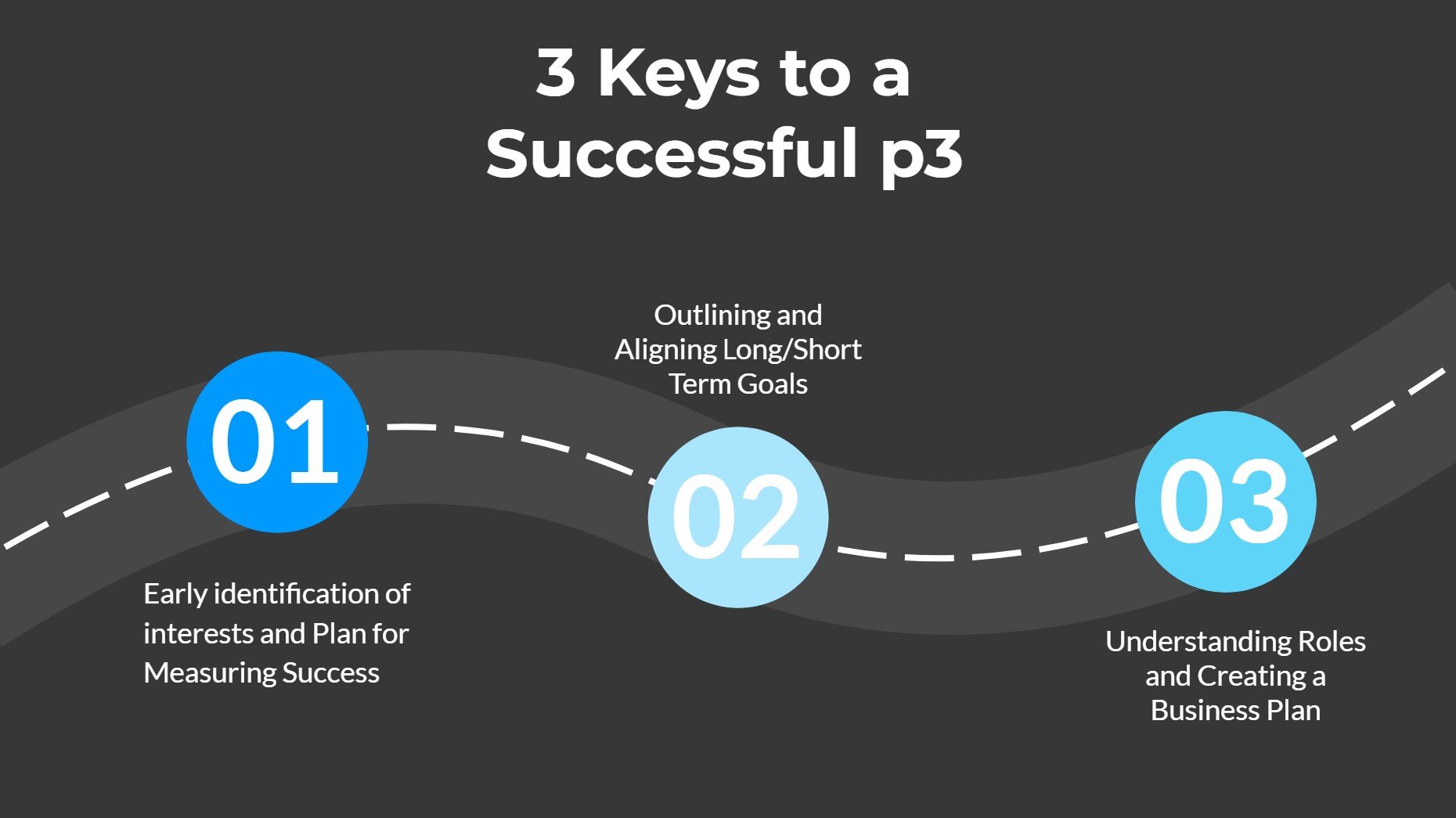5 Examples of Public-Private Partnerships in Implementation
The evolution of the modern economy has provided for different models of business development. Public sectors have begun to use the resources available in the private sector through the most efficient means, the public-private partnership. We wanted to cover some great examples that form the impressive history of the public-private partnership sector. One of the main advantages of the model is the reduction of financial pressure on the state, and the overall time of execution is often reduced.
Here are five examples of public-private partnership models in action, including some that have put forward billions of dollars toward a project in hopes of effectively and efficiently using the funds.
1. Face-lifting of Parks
In 2010, the Jefferson National Expansion Memorial, better known as the Gateway Arch, set out to revive its declining tourism numbers through a unique Public-Private Partnership wherein the Gateway Arch Park Foundation (at the time the CityArchRiver Foundation) raised $250 million in private funding and Great Rivers Greenway oversaw a publicly approved sales tax of St. Louis City and St. Louis County that raised an additional $86 million for the project. This is the largest Public-Private Partnership in National Park Service history and it was completed in 2018. The project has resulted in a 30% increase in attendance for the monument. This is also a prime example of how to execute a public-private partnership to undertake a massive project.
2. Transportation
The year 2006 saw Cintra Concesiones de Infreastructuras de Transporte and Macquarie Infrastructure Partners strikea deal to operate 157 miles of Indiana-based highway. The company paid a one-time fee of 3.8 Billion USD for a 75-year lease to run the tollway and in return receive the toll revenue. An estimate shows this saves the state of Indiana 100 million USD for operating during the same time frame but the project has not reaped the anticipated financial returns for the company. This example has set the tone for investors who failed to exercise caution in bids for the contract papers and are now falling short of revenues. AT NMBL, we look to these examples of public-private partnerships that miss the mark as proof of why it is critical for partners to align their vision and utilize a business plan.
3. IT
Information Technology products like high-speed, wireless internet or computers have been deployed through private parties in recent decades. In the present day, these forms of infrastructure are essential, and more and more access to wireless, high-speed internet is needed every year. In 2012, the city of Seattle announced a deal with Gigabit Squared to provide high-speed fiber cable connections to all local residents. These emerging opportunities for public-private partnerships in sectors like information technology speak to the great opportunities for success that can be found in PPP projects with the right players.
4. Gaming
2011 saw Illinois incorporate a lottery systems into the state founded on a P3 model. This was a masterstroke in P3 implementation as a 10-year deal with Northstar Lottery Group, including a partnership with three other companies, was awarded. From that year itself, the company has achieved record sales and the model became successful nearly overnight. This is a great example of how public-private partnerships not only produce more efficient use of resources in projects while also providing unique opportunities for revenue growth for for-profit entities. In instances where groups may have diverging interests, it is important to align the vision of the project across all partners in order to achieve short and long-term success.
5. Education
Public-private partnerships are responsible for developing some of the top classrooms in public schools. Public-private partnerships have a history of effective use in the education sector. Using private partnerships results in high-quality infrastructure that is not ordinarily achieved through public means. Most of this new infrastructure is brought into the public sector through private companies who have gained cutting-edge experience delivering other products and serving other consumers. For instance, two schools in Phoenix, share 300,000 sq ft., that was once the Maryvale Mall. This is just one example of public-private partnerships allowing partners to better utilize space, funds, and resources together rather than apart.
Conclusion
All these examples show us the reality of public-private partnerships models today. In the end, success often depends on how negotiations are undertaken, whether there is alignment, and finally, whether there is sufficient planning that promotes all partners’ strengths. The partners who engage in productive analysis and thorough planning have reaped better results than those with insufficient forethought. Check out the rest of our blogs on public-private partnerships! At NMBL, we strongly believe that the United States is poised to be the largest public-private partnership market in the coming years.
Interested in more P3 insights? Check out some of our other blogs on The History of the P3 Market and What's Next and the Top 5 ways to Align Vision of a PPP. If you want to learn more about how we develop effective strategies for public-private partnerships, reach out to us today to start a conversation.










